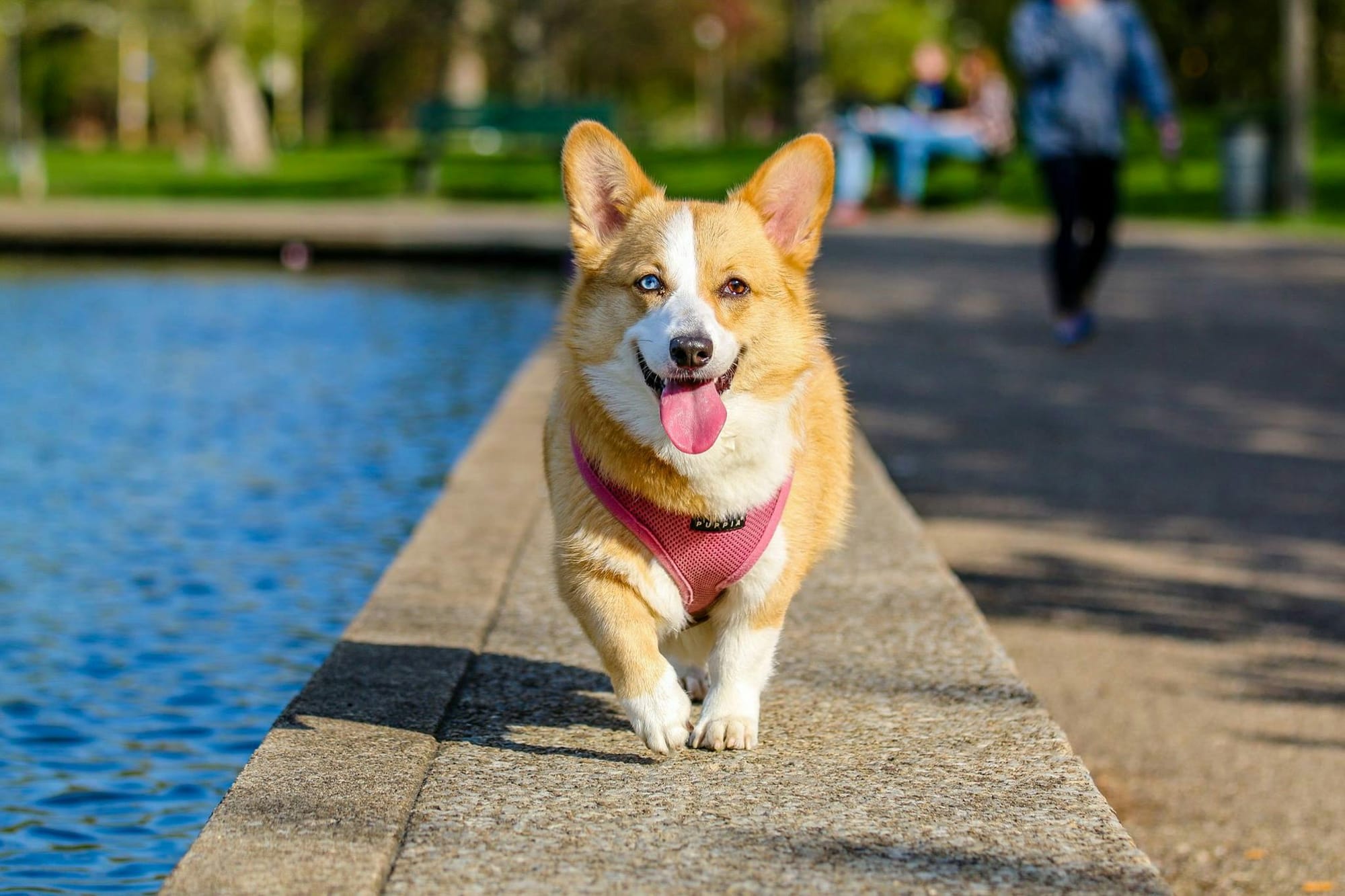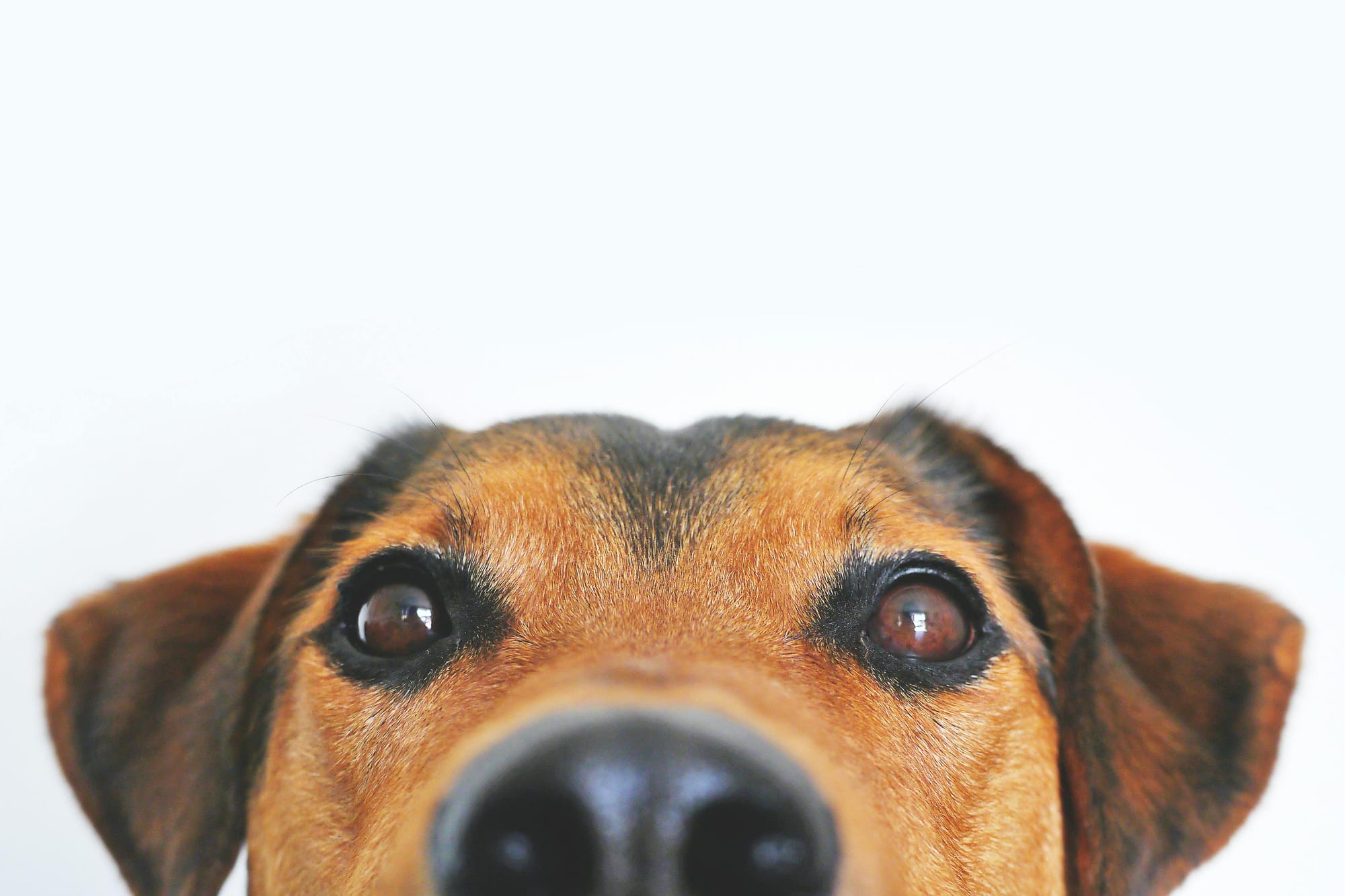Your pet cats appear to react to catnip by wild behavior that involves rolling around and purring while exhibiting euphoric behavior. While observing your dog surveying catnip, you start to think about two main questions. What does cat nip do to dogs? Is it safe for them? Dogs experience different reactions to catnip than cats since the substance may have separate effects on them.
The herb known as Catnip (Nepeta cataria) produces nepetalactone in its chemical makeup to cause feline reactions, which many cats experience. The question remains whether dog bodies react similarly to catnip as feline bodies. This article examines catnip’s effects on dogs when they experience this stimulating herb. This article will help you understand whether exposing your dog to catnip herb is appropriate.
What Is Catnip?
Catnip is a member of the mint family, and its main claim to fame is its ability to stimulate cats. The active compound in catnip, nepetalactone, binds to receptors in a cat’s brain, producing a range of behaviors, including excitement, playfulness, and sometimes a sense of calm or relaxation. Interestingly, not all cats react to catnip; about 30-50% of cats have a genetic predisposition to respond to it.
But for dogs, the situation is a bit different. So, what does cat nip do to dogs? This article will investigate the plant chemistry that affects dogs.
How Do Dogs React to Catnip?
Unlike cats, dogs do not have the same sensitivity to nepetalactone, the compound in catnip that triggers the well-known cat reaction. As a result, the majority of dogs won’t experience the euphoric, playful, or hyperactive behavior that cats do when exposed to catnip.
So, what does cat nip do to dogs? The substance nepetalactone, which produces a reaction in cats, fails to have the same effect on dogs because dogs lack the required sensitivity. Most dogs do not display euphoria along with playfulness and hyperactivity after exposure to catnip because their bodies do not show a similar reaction to the compound.
The Effects of Catnip on Dogs
Mild Calming Effect
Some dogs show limited peaceful effects when exposed to catnip, although it never results in strong reactions. Small amounts of catnip contain natural oils that create relaxation effects, mainly on active dogs and dogs who experience anxiety. The administration of small catnip amounts to anxious dogs and produces temporary relaxation effects, but the solution remains incomplete.
Digestive Aid
The traditional use of catnip for medicinal purposes includes its unrecognized ability to support good digestion. Numerous dog owners describe how catnip offers digestive relief to dogs that suffer from stomach distress. Small amounts of catnip may help alleviate minor digestive discomfort in dogs although experts do not agree about this treatment technique.
No Euphoria or Playfulness
Most dogs show no reaction of excitement after catnip exposure because they do not display the same hyperactive behavior as cats. A catnip reaction leads to no excited flopping as cats demonstrate, nor does the typically contented purring appear.
The herb produces no reaction in dogs, who respond by sniffing it or by simply ignoring it. Pet owners are relieved by dog indifference to catnip because their animals avoid displaying the unpredictable behavioral responses typical of cats post-contact with the herb.
Is Catnip Safe for Dogs?
The fundamental safety question concerns whether catnip presents risks to dogs. Yes, catnip is safe to use as a whole, according to most expert reports. When dogs consume small quantities of catnip, it proves to be a non-toxic substance that is acceptable for their health. Monitoring your dog remains essential during their first exposure to catnip in their environment since they experience new foods and herbs.
Potential Risks of Catnip for Dogs
Upset Stomach
The consumption of small amounts of catnip is secure for dogs, but excessive use results in brief gastrointestinal side effects. Large consumption of catnip by dogs can lead to vomiting and diarrhea as side effects. Control the amount of catnip your dog accesses because high exposure levels can cause digestive problems.
Allergic Reactions
Due to its status as a new food substance and plant extract catnip holds the possibility for allergic side effects in dogs. Dogs rarely experience skin irritations together with itchiness or digestive distress when they come in touch with catnip. Look for any abnormal symptoms including rash and excessive scratching, because any unusual symptoms require you to immediately stop the catnip use and call your vet for help.
Choking Hazard
Consuming large amounts of catnip leaves or stems poses a minor choking risk to all dog owners when feeding plant-based materials. Regular observation lets you watch your dog to prevent them from over-chewing or overconsumption of catnip products.
How to Introduce Catnip to Your Dog Safely
The following guidelines will assist you to provide your dog with catnip safely in small quantities:
- The first step involves giving a minimal portion of catnip to check your dog’s reaction. Constant observation must occur to identify any possible negative effects, including digestive problems and skin irritations.
- Keep close watch over your dog whenever they approach catnip since ingestion or play attempts with the plant should be monitored. The proper supervision protects your dog from both choking hazards as well as excessive consumption.
- Make catnip a rare reward since your dog should not consume it on a daily basis. The health of your dogs will benefit best from moderate catnip usage since overuse could lead to unwanted health effects.
- Seek approval from your veterinarian before giving your dog catnip because they need to verify its safety for your specific dog regarding health background and current conditions. The veterinary professional can evaluate your dog’s condition to determine if catnip treatment suits their needs.
Alternatives to Catnip for Dogs
Your dog has multiple enjoyable options beyond catnip since there are various plants and herbs suitable for canine consumption. Here are a few options:
- As a calming agent lavender provides relaxation to dogs who feel anxious. Lavender oil at diluted potency works effectively in diffusers, or you can prepare lavender-infused treats for your dog.
- The herb chamomile provides relief for dog digestion alongside reducing anxiety symptoms. You can choose from two options: chamomile-based treats and chamomile tea when it has cooled down.
- Valerian Root functions as a natural herb that helps dogs with anxiety symptoms. Valerian shows equivalent effects to human valerian consumption and exists in several pet medication products.
Many dog owners are curious about what cat nip does to dogs, and pet owners wish to know about the potential safety risks for their pets when using cat nip. Catnip exposure is considered safe for dogs under controlled amounts even though it fails to provide a euphoric reaction observed in cats. The substance may produce moderate calming responses that also support digestive health. Small doses of catnip lead to minor side effects consisting of digestive disturbances and skin inflammation in some dogs.
Bronchitis from catnip remains a possibility when serving your dog catnip, so administer it in limited amounts and scan for any abnormal responses. You can obtain additional details about safe herbs for dogs by contacting the vet directly or to get reassurance about your dog’s health status. Consult your veterinarian for guidance about catnip’s appropriateness as a treatment option, together with alternative safe remedies that will benefit your dog.






